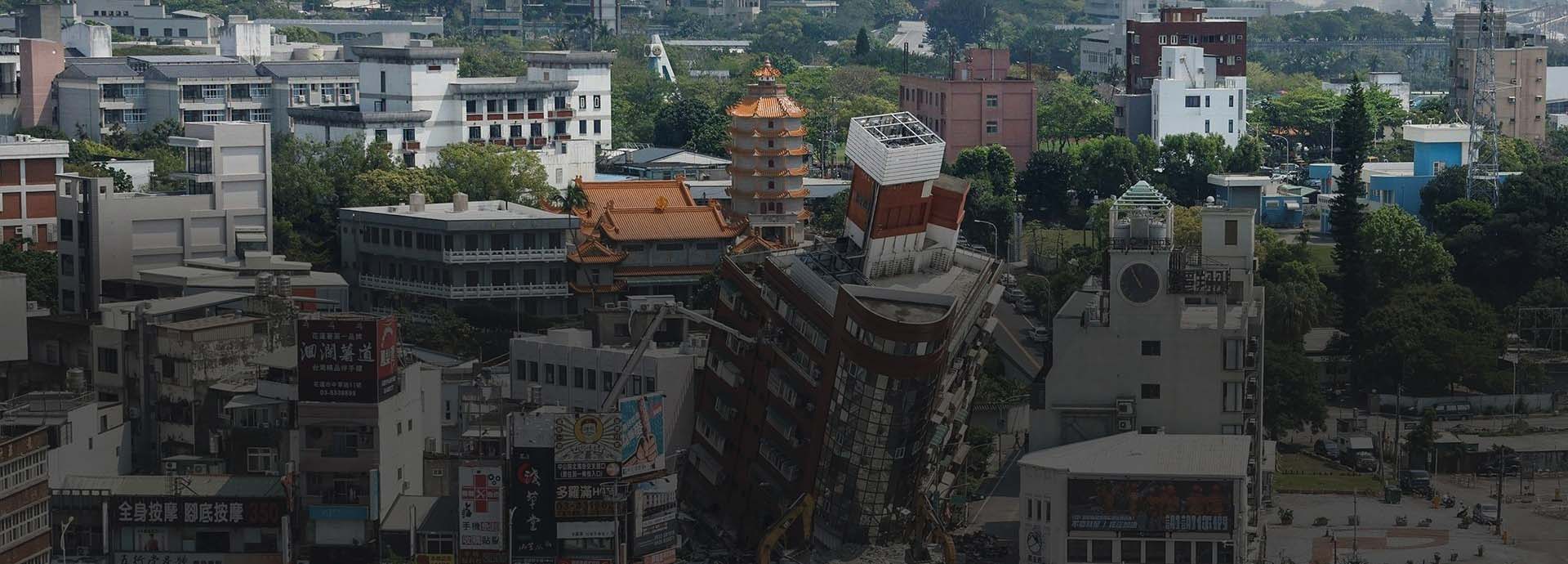
Earthquake! What should I do?
"What to do when an earthquake strikes? When should you evacuate? How to seek refuge? 5 major earthquake preparedness guidelines."

"What to do when an earthquake strikes? When should you evacuate? How to seek refuge? 5 major earthquake preparedness guidelines."
The most important thing during an earthquake is to protect your head and neck from injury. Immediately adopt the "drop, cover, hold on" action, hiding under a table or in a corner. When hiding under a table, you can hold onto the table legs. If you are crouching in a corner or near a bed for refuge, be careful of falling furniture, appliances, lights, bookcases, or shelves.
Active faults are classified based on the evidence of their activity according to different periods. They are divided into two categories: the first category includes faults that have been active since the Holocene (approximately 10,000 years ago), and the second category includes faults that have been active since the late Pleistocene (approximately 100,000 years ago). As the investigation progresses, the classification of active faults may change from the second category to the first category. Therefore, the classification is not equivalent to seismic potential or hazard level. In other words, the future risk of fault activity is not directly related to the classification of faults.
The data source used is a GEOLOGY CLOUD, which has been made public.
The data summarizes monthly earthquake occurrences across various magnitude levels over several years. It shows the number of earthquakes within specific magnitude ranges each year. For instance, in 1994, there were 245 earthquakes with magnitudes between 4 and 5.
The data source used is a DATA MARKET, which has been made public.



"Taiwan is located in the Pacific Ring of Fire, where earthquakes frequently occur. Do you know how to protect yourself when the earth shakes? How do you prepare for earthquake disaster prevention in your daily life? With disaster prevention knowledge, you can calmly face disasters in the future and protect yourself and those around you!"

| Location | How to Evacuate |
|---|---|
| Living room, dining room | study If there is a table nearby, try to hide underneath it (except for glass tabletops) and hold onto the table legs for stability. |
| Bed | Stay in bed and use a pillow or blanket to protect your head until the earthquake ends. |
| Kitchen | Immediately turn off the gas and hide under a table. If unable to turn off the gas, do not rush to extinguish flames. Be careful not to step on broken dishes or spilled condiments or oils. |
| Toilet | bathroom Do not rush to leave. Bathrooms often have more support structures, making them relatively seismic-resistant. Be mindful of hanging mirrors and items on shelves or cabinets that may fall. Move cautiously to avoid slipping. |
| Office | Use a table to protect your head, neck, and body from falling objects such as lamps, fans, or ceiling fixtures. |
| Factory | Follow the factory's emergency procedures, shut down machinery, and take appropriate action to evacuate on-site. |
| Classroom | Use a table to protect your head, neck, and body from falling objects such as lamps, fans, or ceiling fixtures. |
| Campus | Leave the classroom building and gather in a safe, open area. Crouch down and take shelter on-site, being cautious of window glass. Avoid dangerous items on campus such as goal posts, statues, monuments, swimming pools, or ponds. |
| Gym | Seek shelter in a safe space on-site. |
| Preventive Measure | Explanation |
|---|---|
| Window glass, glass products | Apply blast-proof film to windows to prevent injury from shattered glass. Carpets at home can cushion falling shards and reduce injuries. |
| Bookshelves | Use L-shaped metal brackets to secure furniture to prevent tipping over. If walls cannot be drilled into, use support braces to secure furniture to the ceiling. |
| Television | Place the television in a lower position if possible, and secure wires and other equipment. |
| Stacked furniture | For stacked cabinets, use support brackets to secure the upper layer, and use metal fittings to secure the connection between upper and lower layers. For cabinets with swinging doors, consider adding latches or springs. |
| Furniture arrangement |
|
| Disaster preparedness supplies | Prepare emergency supplies including three days' worth of emergency food, drinking water, warm clothing, medical and hygiene supplies, valuables, a whistle, disaster maps, a portable radio, flashlight, batteries, lighter, Swiss army knife, can opener, pens and paper, ropes, etc. |
The data source used is a NATIONAL FIRE AGENCY, MINISTRY OF THE INTERIOR, which has been made public.
The data source used is a Taiwan Earthquake Monitoring (Earthquake Early Warning, Strong Motion Instant Alert), which has been made public.
Earthquake magnitude of 4.0 or above, and the seismic intensity observed by an immediate seismic station meets one of the following conditions:
If the above conditions are not met but there is a need to issue a report due to the special nature of the earthquake.
Localized Felt Earthquake Report Release Conditions:
Further reading: